|
|
|
Oxford University Press
|
For a child in the great city of Venice in the thirteenth century, there could be nothing better than the stories of sailors. There were stories of strange animals, wonderful cities, sweet spices, and terrible wild deserts where a traveller could die. One young boy listened, waited, and dreamed. Perhaps one day his father and uncle would return. Perhaps he too could travel with them to great markets in faraway places. For young Marco Polo, later the greatest traveller of his time, a dangerous, exciting world was waiting... |
|
What are the most beautiful, the most interesting, the most wonderful things in the world? The Great Pyramid, the Great Wall of China, the Panama Canal — everyone has their favourites. And there are natural wonders too — Mount Everest, Niagara Falls, and the Northern Lights, for example. Here is one person's choice of eleven wonders. Some of them are made by people, and others are natural. Everyone knows the Grand Canyon and the Great Barrier Reef — but what about the Iguazu Falls, or the old city of Petra? Come and discover new wonders... |
|
What does the world look like from the moon? How do our bodies work? Is it possible for people to fly? Can I make a horse of bronze that is 8 metres tall? How can we have cleaner cities? All his life, Leonardo da Vinci asked questions. We know him as a great artist, but he was one of the great thinkers of all time, and even today, doctors and scientists are still learning from his ideas. Meet the man who made a robot lion, wrote backwards, and tried to win a war by moving a river... |
|
On a quiet sea, the biggest ship in the world is waiting. There is no noise from the engines. Up in the night sky there are hundereds of stars. Behind the ship, and iceburg, a great mountain of ice — goes slowly away into the black night. In the beautiful first-class rooms, rich passengers eat and listen to music. Down in the third-class cabins, families sleep. An exciting new life is waiting for them in America. But for many of the people in this small city of the sea, this is their last night alive... |
|
You can drink it, and you can cook with it. You can even make buildings, dresses, and hats out of it. You can give it to somebody as a present, or you can buy it for yourself. And of course you can eat it. Dark chocolate, milk chocolate, white chocolate, chocolates with gold on the outside — everybody loves chocolate. Follow its story, from the forests of Central America hundreds of years ago, through Africa, Europe, and the United States, to the growing markets of India and China. Perhaps you need a little something to eat while you read... |
|
It's a good place for gold, said people in the 1840s, and they came from all over the world. It's a good place for a prison, said the US government in the 1920s, and they put Al Capone there on the island of Alcatraz. It's a good place for love, said the hippies in the 1960s, and they put flowers in their hair and came to Haight Ashbury. And San Francisco is still a good place — to take a hundred photographs, or see the Chinatown parade, or just to sit in a coffee shop and be in this interesting, different city... |
|
More than 20 million visitors come to Scotland each year. Some love it for its long white beaches and quiet green hills. Some like the busy cities, with their shops and museums, castles and parks. Others come to see the home of their parents and grandparents, to hear Scottish music, to find their family tartan. And some come to visit the whiskey distilleries, eat wonderful food, and go to one of the world's biggest street parties. Scotland has something for everybody. Come and find what Scotland has for you. |
|
This book explores the relationship between research, teaching, and tasks, and seeks to clarify the issues raised by recent work in this field. The book shows how research and task-based teaching can mutually inform each other and illuminate the areas of task-based course design, methodology, and assessment. The author brings an accessible style and broad scope to an area of contemporary importance to both SLA and language pedagogy. |
|
A groundbreaking reconsideration of translation in English language teaching, this book is a survey and critical assessment of arguments for and against translation in different teaching contexts. This book proposes translation as one of a number of ways of relating English to students own languages. It surveys the contexts of monolingual and bilingual teaching and discusses the different uses and roles of translation and bilingualisation for different stages and ages of learning and for different purposes, e.g. explanation, practice, and testing. Establishing a new direction in practice and research, it goes on to suggest and discuss ways in which translation might be incorporated into materials, curriculum development, and teacher education. The book presents translation as: An aid to language acquisition, pedagogy, and testing. A contribution to student needs, rights, and empowerment. An educational insight into relationships between languages and cultures. |
|
This book is about the worlds and conflicts of TESOL teachers and researchers, whose professional lives are both enriched and problematized by the cultural and political interfaces created by working with an international language. Central to this discussion is the balance of power in classroom and curriculum settings, the relationship between language, culture, and discourse, and the change in the ownership of English. |
|
Leading theorists argue that in order to understand the processes of language use and language learning we need to understand how social and cognitive factors work interdependently, not separately. |
|
This work integrates theory, research, and practice on the learning of second and foreign languages as informed by sociocultural and activity theory. It familiarizes students, teachers, and other researchers who do not work within the theory with its principal claims and constructs in particular as they relate to second language research. The book also describes and illustrates the use of activity theory to support practical and conceptual innovations in second language education. |
|
This book describes the creative strategies employed by teachers and students in periphery communities in order to use the English language in a manner that suits their needs while subtly resisting the linguistic imperialism that many scholars have identified as the consequence of the global ELT enterprise. After developing trends and ideas from those oppositional strategies, the book goes on to outline elements of a critical pedagogy suitable for ELT in formerly colonized communities. As the English language continues to spread globally, this book will be essential reading for English teachers and applied linguists wishing to understand the ideological challenges in the periphery. Curriculum planners and policy makers will also find it a necessary aid to exploring the pedagogical alternatives. |
|
This book advocates a new approach to pronunciation teaching, in which the goal is mutual intelligibility among non-native speakers, rather than imitating native speakers. It will be of interest to all teachers of English as an International Language, especially Business English. It proposes a basic core of phonological teaching, with controversial suggestions for what should be included. |
|
Studies in honour of H G Widdowson. Principle and Practice in Applied Linguistics provides a comprehensive overview of the many and diverse areas in applied linguistics today. The papers range from second language acquisition to discourse analysis, corpus lingustics, and classroom practice; together they emphasize the reciprocal relationship of principle and practice, and the interdisciplinary nature of applied lingustics. |
|
The Psychology of Second Language Acquisition offers a systematic and accessible overview of the main psychological areas and theories in order to keep abreast of the ongoing paradigm shift. Readers will find succinct and up-to-date descriptions of a wide range of psycholinguistic and neuropsychological topics such as language and the brain; neuroimaging and other research methods in psycholinguistics and brain research; non-nativist approaches to language acquisition; explicit/implicit learning and memory, procedural/declarative knowledge, and the automatization of language skills; learner characteristics, age effects, and the critical period hypothesis; and the psychological basis of language learning in educational contexts. |
|
This is a very practical and accessible book that offers a comprehensive overview of research methodology in applied linguistics by describing the various stages of qualitative and quantitative investigations, from collecting the data to reporting the results. It also discusses mixed methods research, that is, the various combinations of qualitative and quantitative methodologies. |
|
Learners who cannot decode alphabetic script have been left out of the SLA research enterprise, at considerable cost to our understanding of the human capacity for language learning. This book offers research evidence documenting the significant impact of low literacy skill on adolescents' processing of oral L2 input and acquisition. Together with a large body of closely related research in cognitive psychology, the findings lead to a startling conclusion: language processing skills that have been assumed to be universal human traits appear instead to be a product of learners' experience with alphabetic print literacy. |
|
By drawing on multiple examples of real-world language learning situations, this book explores the subjective aspects of the language learning experience. The author encourages readers to consider language learning from new, diverse, and unique perspectives. The book analyses data from a variety of sources, including language memoirs, online data from language learners in chat rooms, and text messaging exchanges. In the analysis of this data, the book looks at the relationship between symbolic form and the development of a multilingual subjectivity, links with memory, emotion, and the imagination, and the implications for language teaching pedagogy. |
|
This book has two related purposes. The first is to demonstrate the extent and importance of language play in human life; the second is to draw out the implications for applied linguistics and language teaching. Language play should not be thought of as a trivial or peripheral activity, but as central to human thought and culture, to learning, creativity, and intellectual enquiry. It fulfils a major function of language, underpinning the human capacity to adapt: as individuals, as societies, and as a species. |
|